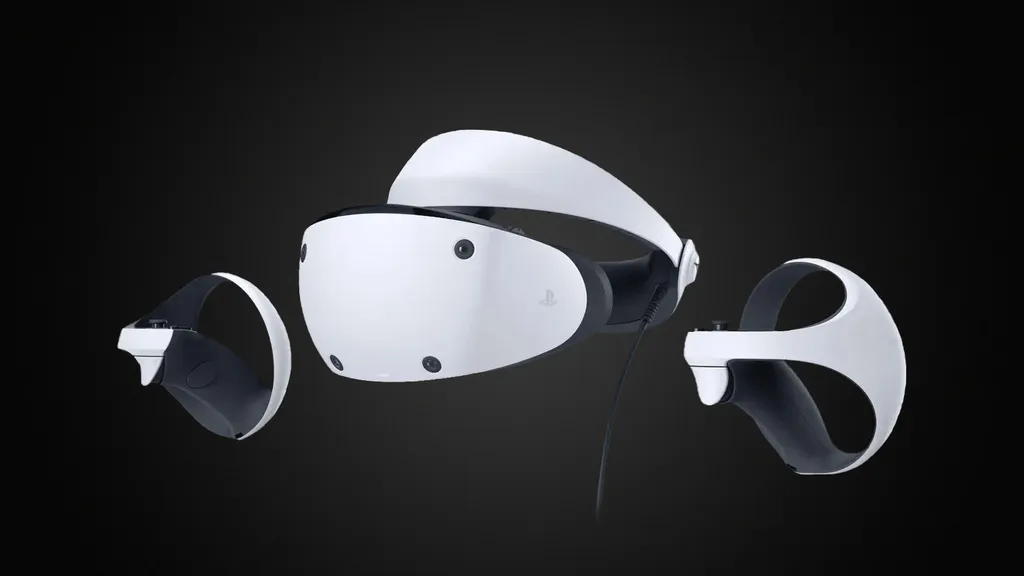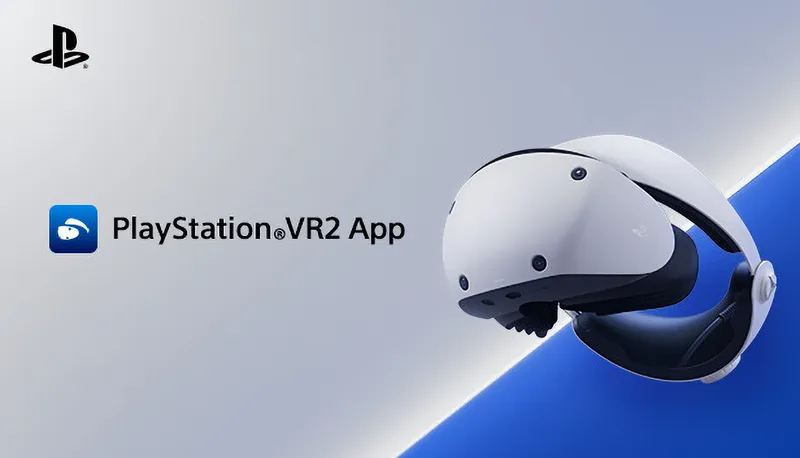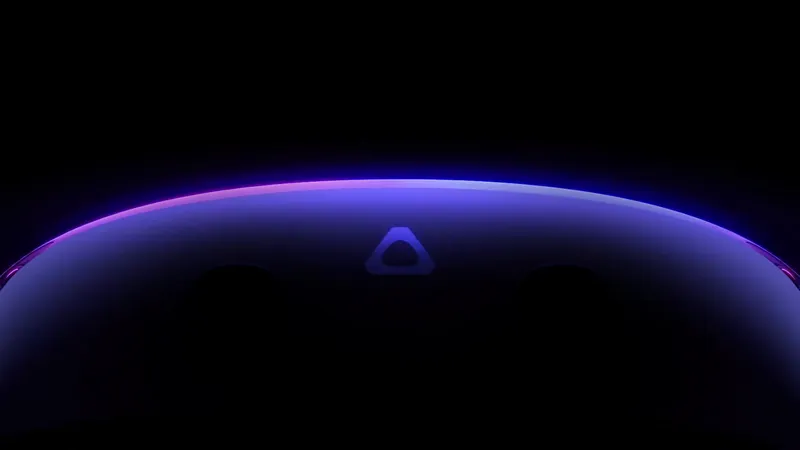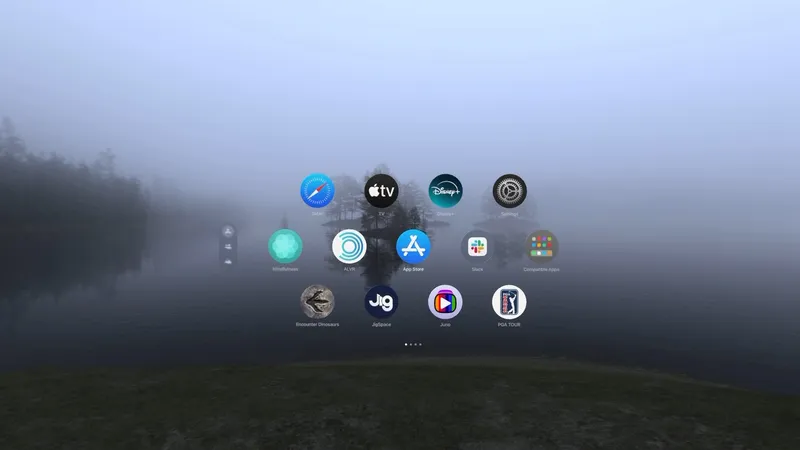Hoping PSVR 2 will somehow support PC? Here’s why that almost certainly won’t happen any time soon.
PlayStation VR2’s launch is just over four weeks out. It will leverage the power of Sony’s PlayStation 5 to deliver full console-quality VR games like Horizon Call of the Mountain, Resident Evil Village, No Man’s Sky, and Gran Turismo 7. However, if you’re also hoping to be able to connect it to a gaming PC to access SteamVR, you’re setting yourself up for disappointment.
Why Sony (Likely) Won’t Do It
Just like its predecessor, PSVR 2 adds value to the PlayStation ecosystem, which Sony hopes will give consumers another reason to choose it over Xbox. Microsoft offers Games Pass and backwards compatibility, but PlayStation arguably has stronger first-party exclusives. And soon, PlayStation will have a VR system too. Buying a PS5 means you’re just $550 away from high-end VR, unlike with Xbox, where you’d still need to purchase a gaming PC.
Consoles are typically sold at near cost price or with a thin margin. Sony and Microsoft make the actual profit from services and the cut they get from each game sold. If PSVR 2 were to support SteamVR, Sony would be handing its PSVR 2 software profit over to Valve, with no benefit of their own.
While it’s possible Sony could launch its own PC-based platform for VR, there’s still hardware considerations that make the prospect unlikely. PSVR 2 uses a single cable carrying both video and tracking data over USB-C, so at minimum PC VR support would likely require an adapter. It would also require porting the tracking system, getting the core rendering tech to work around the oddities of Windows (which took Oculus and Valve years), and supporting a wide variety of PC hardware.
Sony does eventually release first-party non-VR titles on Steam now, but it does so to reach a market of tens of millions. Supporting PSVR 2 on PC would be a much smaller opportunity. It’s a lot of effort for a very small reward.
Why Modders Can’t Do It (Any Time Soon)
The original PSVR headset supports SteamVR through third party tools like Trinus and iVRy – in fact, more people use PlayStation VR on Steam than use Pimax 5K Plus.
However, PSVR 2 has a very different technical architecture that will make this much less feasible, as recently explained by iVRy’s developer Mediator Software on Reddit:
You would be wasting your money, as there is no guarantee you could ever use it on a PC, and quite a good chance that you won’t be able to. The original PSVR is (electronically) equivalent to a monitor and so it it is relatively simple to get a video signal up on it. Reading sensors etc. took a lot of reverse engineering, and at least a year from release before anyone figured that out. It then took a couple more years before it was usable as a PC VR headset. Tracking and controllers (using the original hardware) is still very much a work in progress, over 5 years from release. That is without Sony making any effort to prevent non PS4 users from using it.
The PSVR2 is unreleased. It’s quite possible that Sony have encrypted the signals (which all run over USB) to prevent non-PS use. Even if they haven’t it would take a lot of reverse engineering (read several years) just to get an image on the headset. Then there is the tracking, which would need to be developed, as there isn’t a ready-made SLAM tracker available for Windows (assuming of course the camera protocol was reverse-engineered). Then the controllers etc. etc. I would say it is very unlikely that the PSVR2 would be useable for PCVR within 5 years of its release. So, it would be a very expensive paper-weight, and by the time it was usable (if ever) it would be completely obsolete.
The original PSVR was essentially a HDMI monitor with light strips tracked by a stereo webcam. As Mediator Software pointed out, even reading PSVR’s IMU (accelerometer) data on PC took at least a year. The quality of the open-source webcam tracking solutions is also far below Sony’s official solution on PlayStation 4 even today. Many people using PSVR on PC don’t even use positional tracking, instead just using it as a rotation-only headset for seated cockpit games like Elite Dangerous.
As pointed out above, PSVR 2 uses a single cable carrying both video and tracking data over USB-C, so you can’t just plug it into your graphics card. Even getting a video output to this headset will be a significant reverse engineering challenge.
Nonetheless, let’s say you solve the video output challenge. As Mediator Software points out, you’d still have an even harder job getting tracking working. For PSVR, this “just” required tracking a few strips of light with a webcam. However, PSVR 2 uses inside-out tracking. Modders would likely need to figure out the camera intrinsics, reverse engineer the camera data format, fuse the camera inputs together, and integrate an open-source SLAM tracking algorithm. Even then, most such algorithms are designed for robotics, with neither low enough latency nor high enough precision for comfortable VR.
Even if Sony is handling positional tracking with an onboard chip instead of on the PS5, modders would still need to reverse-engineer the protocols used to communicate with it, and Sony has never been a fan of modders reverse engineering their devices. Even if modders broke through all the barriers, one firmware update from Sony could send them back to square one.
None of these problems are completely unsolvable. In fact, the modding community might eventually solve them all, but it will likely take years of intensely hard work. And by then, there will probably be superior headsets with official support for PC be on the market for less than $550.


























